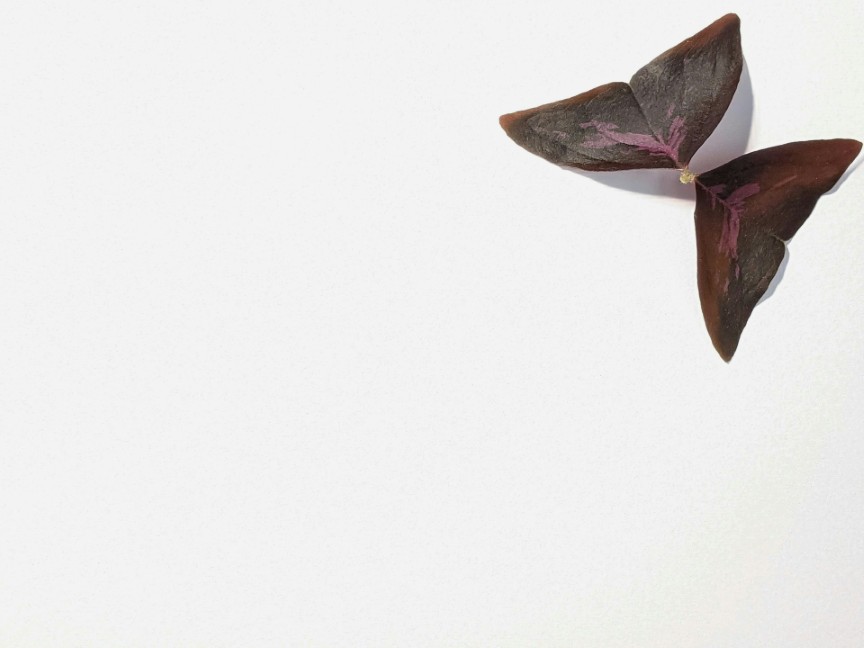Indoor gardening has become increasingly popular in recent years as more people are seeking ways to bring some greenery into their homes. For beginners looking to try their hand at indoor gardening, it can be overwhelming to know where to start. But with some simple tips and tricks, anyone can enjoy the benefits of growing plants indoors.
1. Choose the right plants
When starting an indoor garden, it’s important to choose plants that are well-suited for indoor environments. Some popular choices for beginners include pothos, spider plants, snake plants, and succulents. These plants are relatively low-maintenance and can thrive in a variety of indoor conditions. It’s also a good idea to consider the amount of light your indoor space receives when choosing plants. Some plants, like succulents, require bright, indirect light, while others, like snake plants, can tolerate low light conditions.
2. Understand your plants’ needs
Once you’ve chosen your plants, it’s important to understand their specific care requirements. Different plants have different watering, light, and temperature needs, so it’s important to do your research and make sure you’re providing the right conditions for your plants to thrive. For example, overwatering is a common mistake that can lead to root rot and other issues, so it’s important to let your plants’ soil dry out between waterings. On the other hand, underwatering can lead to wilting and yellowing leaves, so it’s important to monitor your plants’ moisture levels and adjust your watering schedule as needed.
3. Invest in the right tools
While indoor gardening doesn’t require a lot of specialized equipment, there are a few tools that can make your life easier. A good quality watering can, a pair of pruning shears, and a small trowel are all essential tools for indoor gardening. It’s also a good idea to invest in some high-quality potting soil and fertilizer to ensure your plants have the nutrients they need to thrive.
4. Provide adequate light
Light is one of the most important factors in indoor gardening, as plants need light to photosynthesize and grow. Most indoor plants require bright, indirect light to thrive, so it’s important to place your plants in a spot where they’ll receive enough light. If your indoor space doesn’t receive a lot of natural light, you can supplement with a grow light to ensure your plants are getting the light they need.
5. Monitor humidity levels
Indoor environments can be dry, especially during the winter months when the heater is running. Many indoor plants require higher humidity levels to thrive, so it’s important to monitor the humidity levels in your home and make adjustments as needed. You can increase humidity by misting your plants regularly, placing a humidifier in the room, or placing a tray of water near your plants.
6. Repot as needed
As your plants grow, they may outgrow their containers and need to be repotted. When repotting, it’s important to choose a container that’s slightly larger than the current one to allow room for growth. It’s also important to use fresh potting soil when repotting to ensure your plants have the nutrients they need. Repotting can be stressful for plants, so it’s important to take care not to damage the roots during the process.
7. Keep an eye out for pests
Just like outdoor plants, indoor plants are susceptible to pests like aphids, spider mites, and mealybugs. It’s important to regularly inspect your plants for signs of pests and take action if you notice any infestations. There are a variety of natural pest control methods you can use, such as neem oil or insecticidal soap, to keep your plants pest-free.
8. Be patient and observant
Indoor gardening takes time and patience, so it’s important to be patient and observant as you care for your plants. Pay attention to how your plants are responding to their care routine and make adjustments as needed. Remember that gardening is a learning process, and it’s okay to make mistakes along the way.
In conclusion, indoor gardening is a rewarding hobby that can bring beauty and tranquility to your home. By choosing the right plants, understanding their needs, and providing them with the proper care, anyone can become a successful indoor gardener. With these tips and tricks, beginners can enjoy the benefits of growing plants indoors and watch their indoor garden flourish.















